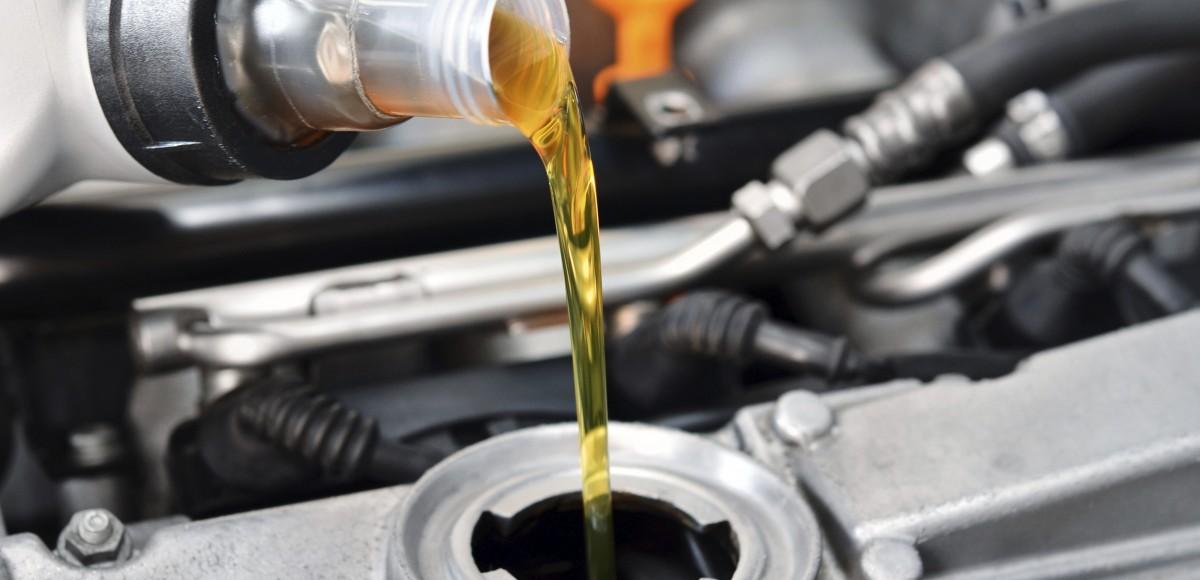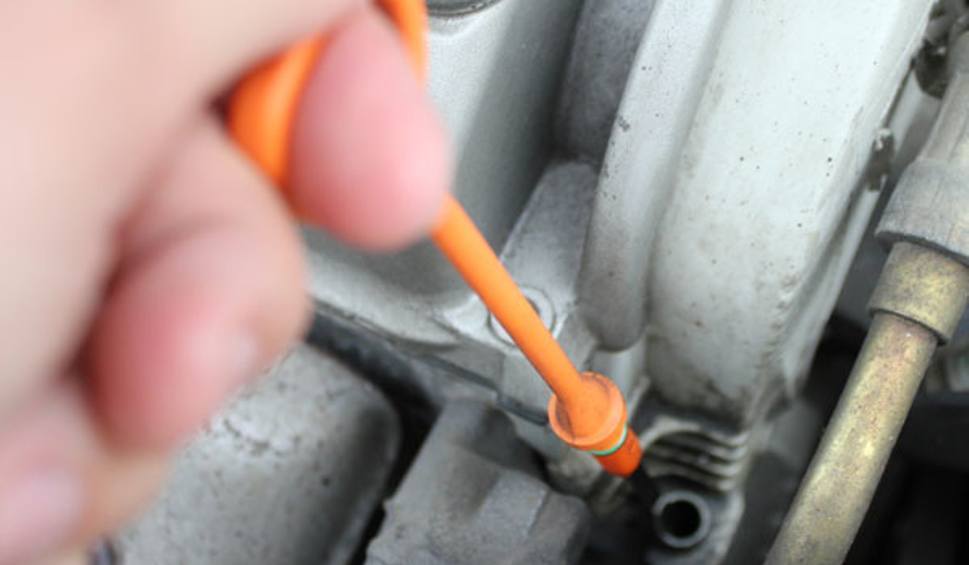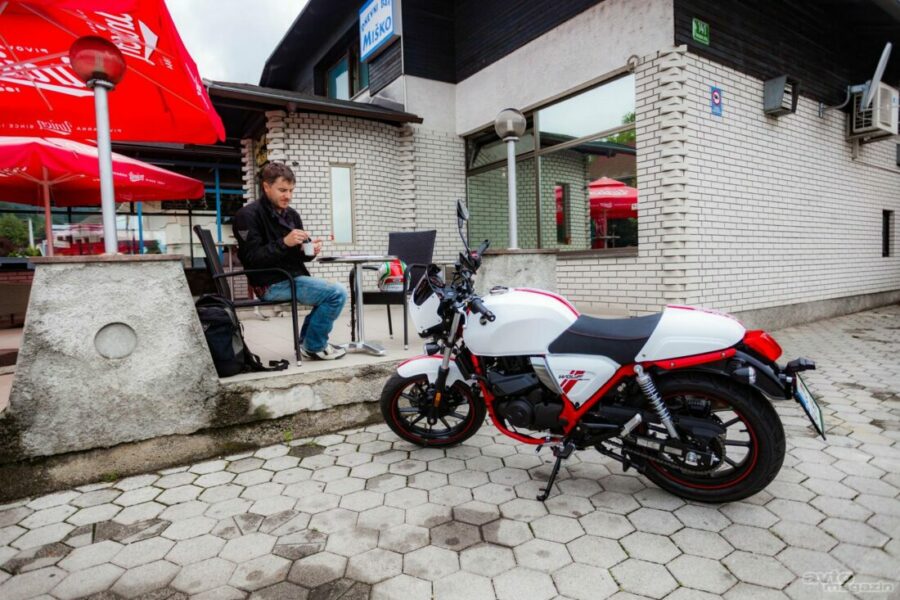
Machine oil. How to choose the right one?
 The engine of every car must be lubricated. However, the designs of drive units vary greatly, which forces the development of oils of different quality and viscosity classes. This is worth remembering when buying oil for a car.
The engine of every car must be lubricated. However, the designs of drive units vary greatly, which forces the development of oils of different quality and viscosity classes. This is worth remembering when buying oil for a car.
The largest of the markings on the packaging with butterem consists of numbers and the letter W. This is the SAE viscosity grade that differentiates buttere for winter (classes 0W, 5W, 10W, 15W, 20W, 25W) and summer (20, 30, 40, 50, 60). Currently produced buttere all-weather, viscous butterwinter weather and high temperature properties buttersummer it is. Their symbol consists of two numbers separated by the letter W, for example 5W-40. A practical conclusion can be drawn from the classification and notation: the smaller the number before the letter W, the smaller the number butter can be used at lower ambient temperatures. The higher the second number, the higher the ambient temperature can be at which it does not lose its properties. Concerning butterthe standard value of this mineral is 15 W, which belongs to the group of expensive butterfor synthetic materials, the designation 0W is usually used. Of course, this does not mean that butter it doesn't have stickiness, just the opposite. less sticky in the cold butterthe easier the start, the less wear
See also: How to choose motor oil?
Designers, designing the mechanisms of the car with their lubrication system, make every effort to ensure that the interacting parts do not touch each other at all. The fact is that between them in any situation there should be a thin layer. butteryou are a movie butternew. Although the layer butteru has a microscopic thickness, it is she who makes the engines and gears durable up to hundreds of thousands of kilometers, or many thousands of hours of operation. In turn, mechanisms without lubrication (for example, an engine without butteru) are destroyed within a few seconds. The mechanism is under the most stress when it gets very hot. Designers select the parameters of the device and the lubricant so that the lubricant is of the highest quality during the most difficult operation.
Working temperature
Unfortunately, butterNot selected for operation in high temperatures, they are definitely too sticky when starting the car, and in winter this situation is even critical. A difference of just over 100 degrees C is very large for modern lubricants. In sub-zero temperatures, the first ten seconds after starting, the engines operate almost without lubrication, and in the first minutes (until they warm up) they are subject to the greatest wear. On the other hand, in "cold" gearboxes, gear changes are difficult, which may not lead to a breakdown, but is very troublesome. In addition, the movement of cooled mechanisms requires a lot of energy, which unnecessarily increases fuel consumption.
In our climatic conditions, as the most optimal butter10W-40 class products are motorized. However, this does not mean that they must be poured into every engine. For this engine butter usually selected by the car manufacturer, indicating the recommended viscosity and quality classes in the instruction manual. The popularization of stop-start systems and the fight to reduce carbon emissions have led many manufacturers to recommend buttere class 5W-30, which are faster distributed throughout the engine and have less hydraulic resistance. In some models, such as Toyota hybrids, it is recommended buttere class 0W-20, which are able to provide protection for a regularly extinguished power unit. butter a completely different class should go to the powerful engine of a sports car used to drive on the track. Under extreme conditions, grade lubricants such as 15W-50 work well, creating a tear-resistant film even at high temperatures. butternew.
Product comparison is possible if we use the appropriate classifications. butterEven the same viscosity can vary significantly in quality and therefore be suitable for lubricating completely different engines. Quality is determined by the American API classification or the European ACEA classification. The API classification is S for gasoline and C for diesel. Quality classes butterhere they are marked with consecutive letters. buttere for gasoline engines are marked from SA, through SB, SC, SD, SE, SF, SG, SH, SJ, SL, to the latest SM and SN, and for diesel engines: CA, CB, CC, CD, CE, CF-4 , CG-4, CH-4, CI-4, CD II, CF-4 and CJ-4.
